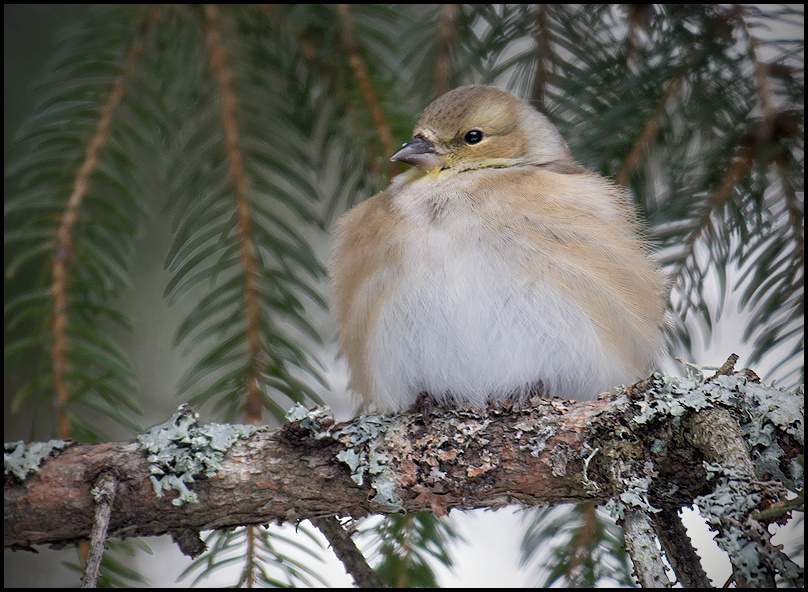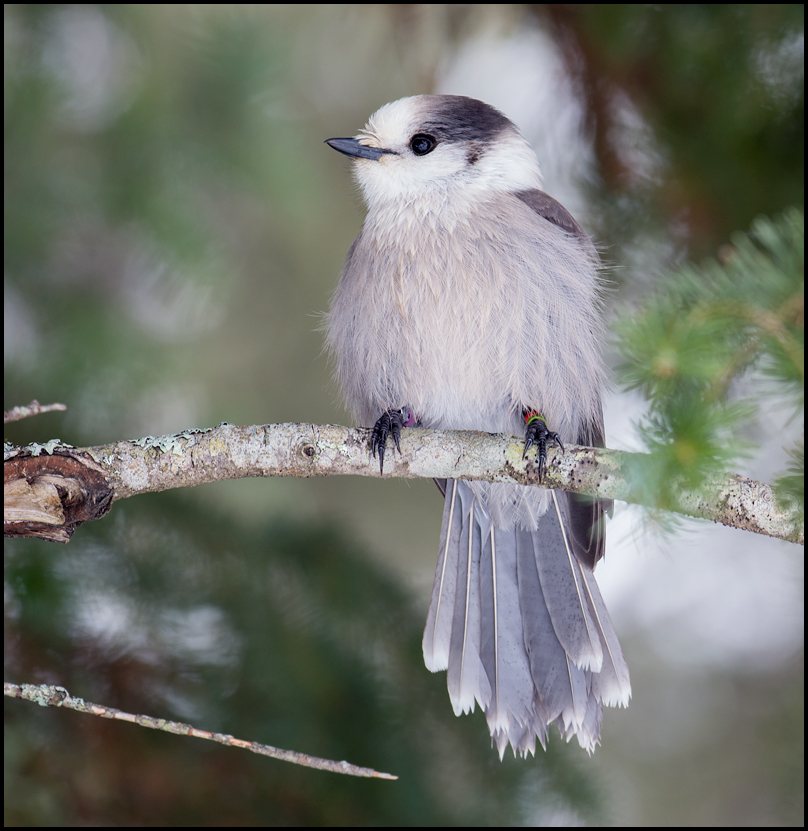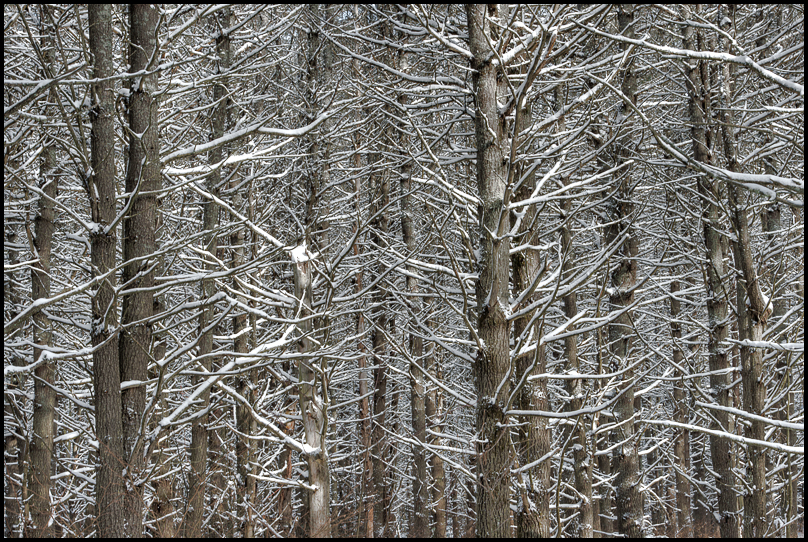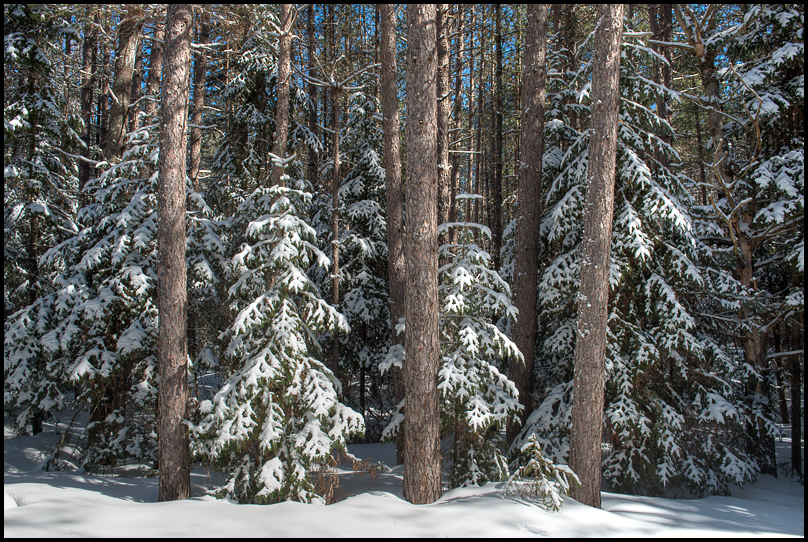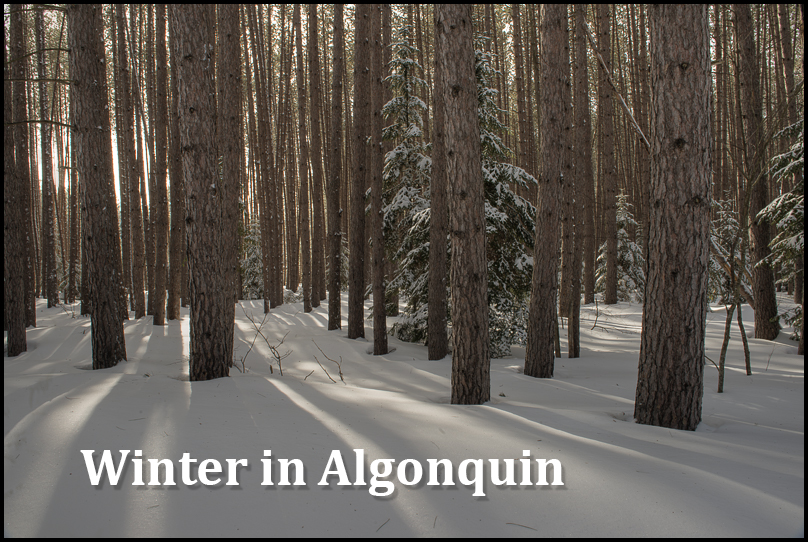Winter in Algonquin Park
We love winter in Algonquin. In January, we spent 3 days camping at Mew Lake. Our three season tent served us well with a space heater to keep us comfortable. In fact, we were more than comfortable as the weather was quite mild. The days were a bit grey with mist and fog, but that just added to the atmosphere.
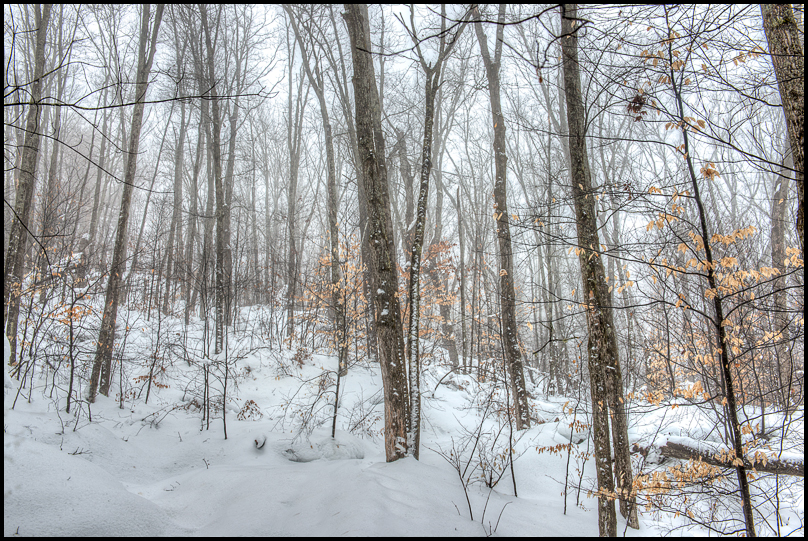
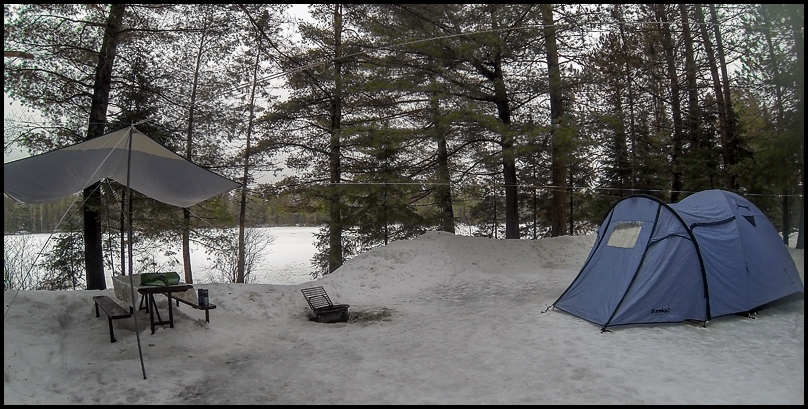
As always, the Chickadees and Blue Jays greet us as soon as we pulled into the campsite. Instead of hanging a birdfeeder, we just spread out some black seeds on the picnic table. The Chickadees were more than happy to join us as we ate our meals, landing a few inches away and occasionally breaking into song as they seem to look us in the eye. It’s no wonder Black-capped Chickadees are among our favourite bird species.
We spent most of Saturday hiking including the Lookout Trail and beyond the gate on Opeongo Road and both evenings were ideal for sitting around the campfire.
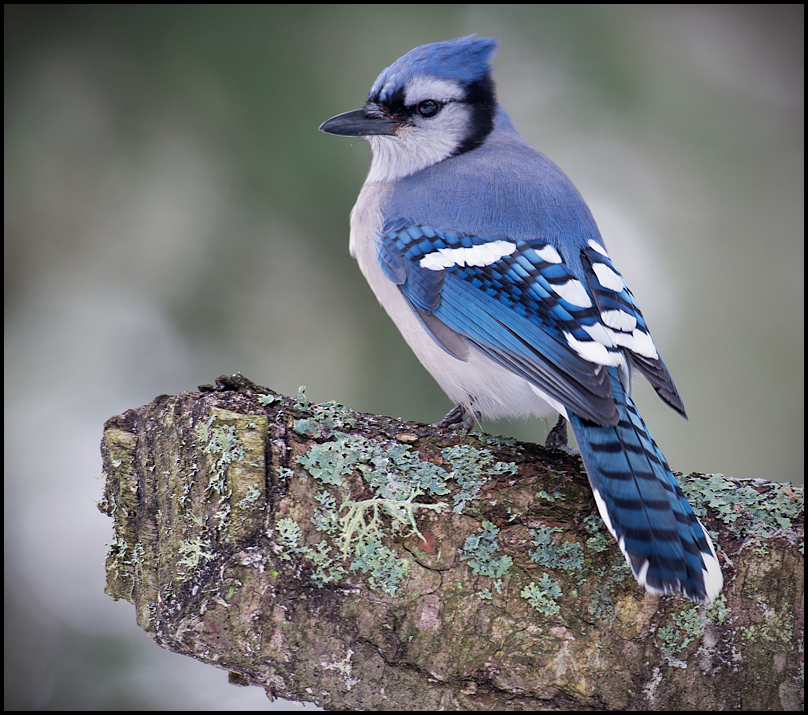
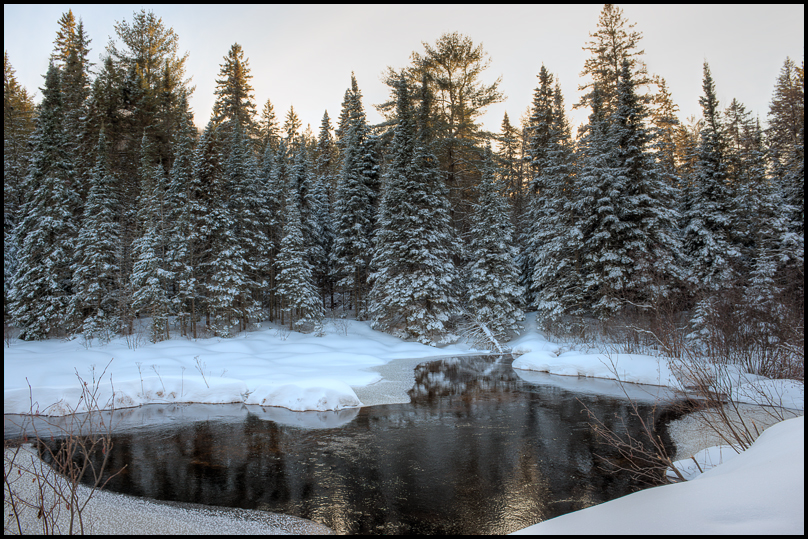
We have always said that March weather in Algonquin can vary widely. And our trip in early March proved this statement true once again. It was clear on our drive up to the park, but as soon as we arrived the skies clouded over and the rain began. With a high of 6°C, it rained for the next 28 hours. At about 3pm the following day, the rain changed to sleet, then freezing rain and ultimately into snow; the largest snowflakes we have ever seen!
The snow continued through the night as the temperature dropped. The next few days were much colder with mornings as low as minus 30°C. On this trip, we stayed for 5 nights in a yurt in Mew Lake Campground. The shelter kept us comfortable and dry.
We had lots of opportunity for hiking and snowshoeing and took advantage of the lesser travelled areas to venture. We hiked to the dam on the Madawaska River (near Pog Lake), taking a trail that was previously broken by a truck that passed through the area the day before. However, when we tried to go beyond the tire tracks, we found it impassible as the snow was just too deep. We returned the next day equipped with snowshoes. The conditions were ideal as we could easily walk on the snow to explore some of the areas.
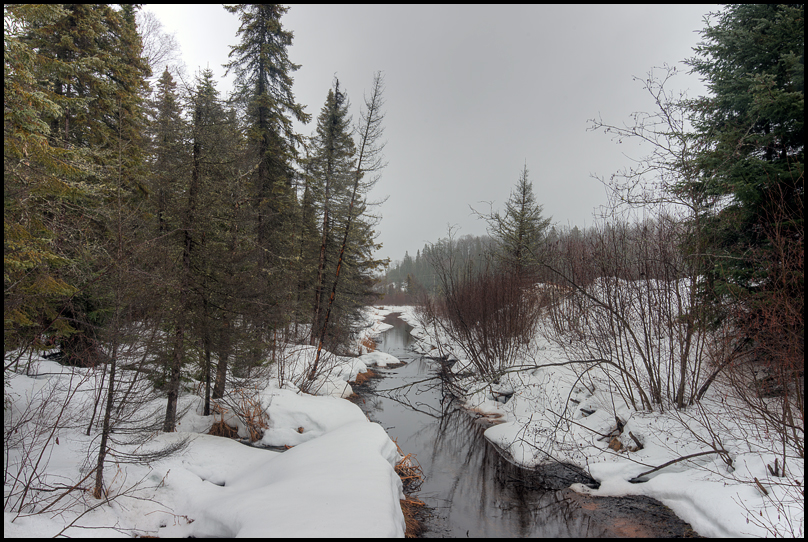
The dominant winter feeder finch species seem to be the Evening Grosbeaks. There were also American Goldfinches, a few Redpolls, Pine Siskins and Purple Finches. Boreal Chickadees were seen with the Black-capped at the Spruce Bog Trail. Crossbills were seen flying about along Highway 60.
River Otters were seen in a few locations as well as Pine Martens. Although there were reported sightings of the larger mammals (moose, fox, wolf), they seemed to have eluded us duringt this 6 day visit.
Algonquin Park in the winter is always great. It’s quiet and moves at a much slower pace. Although there are always people around, it’s much less busy than the other seasons. And to be out snowshoeing in woods or along the waters, it gives you a real calming connection with nature.
